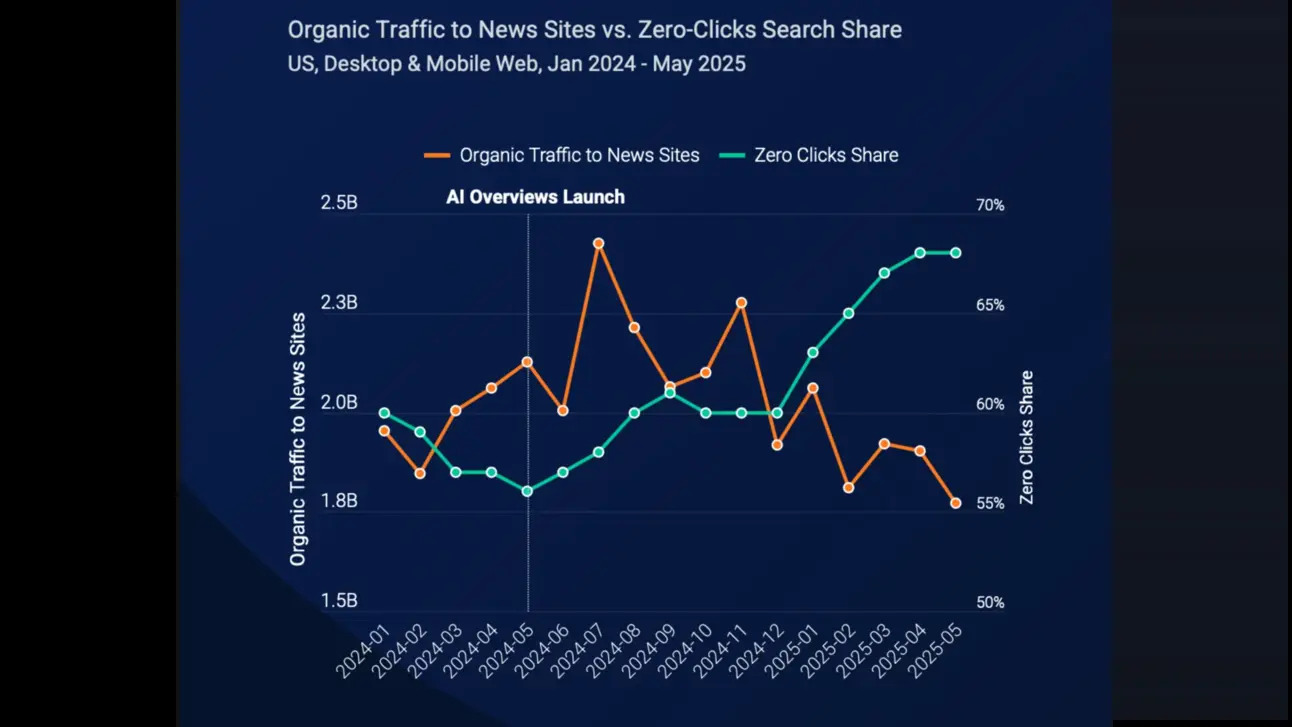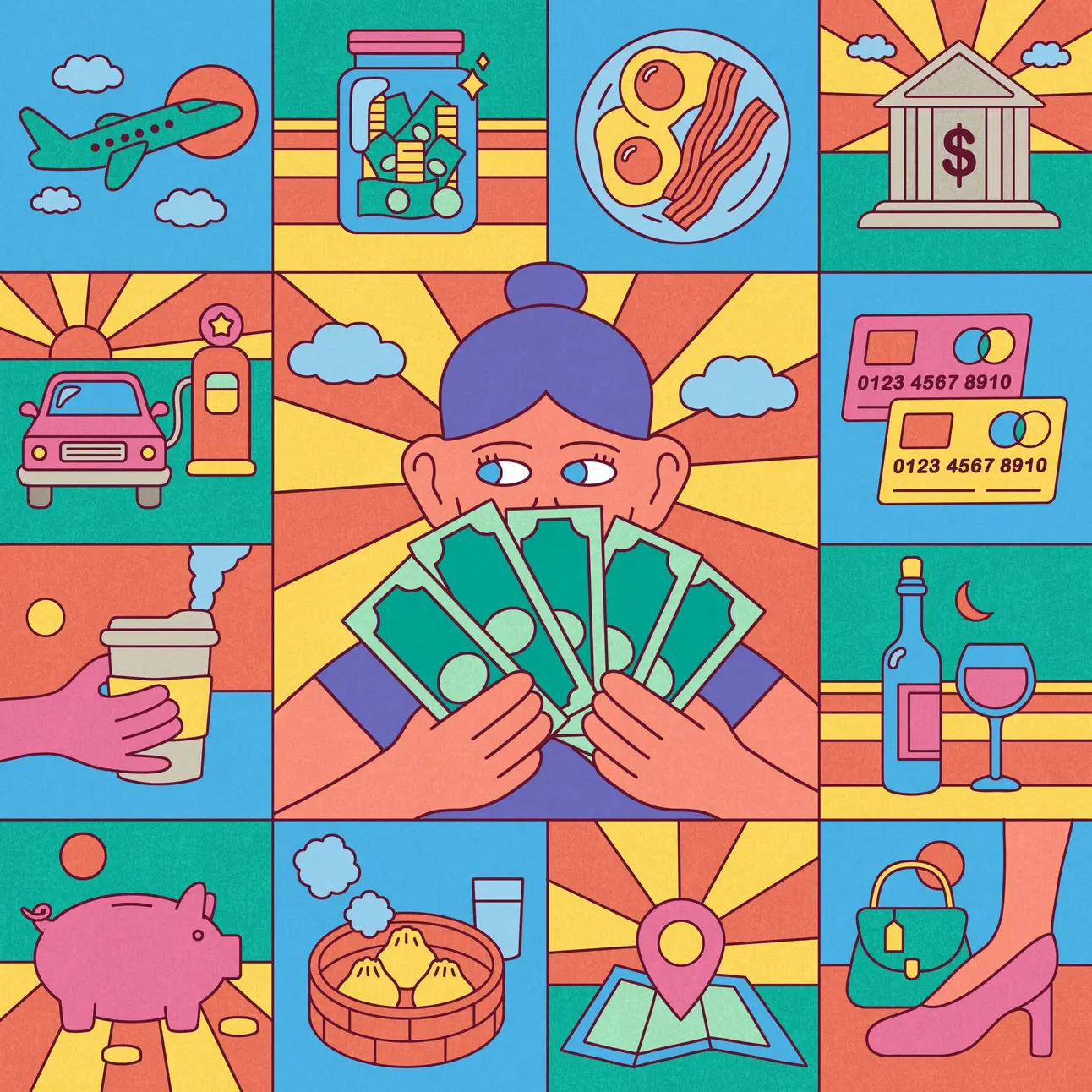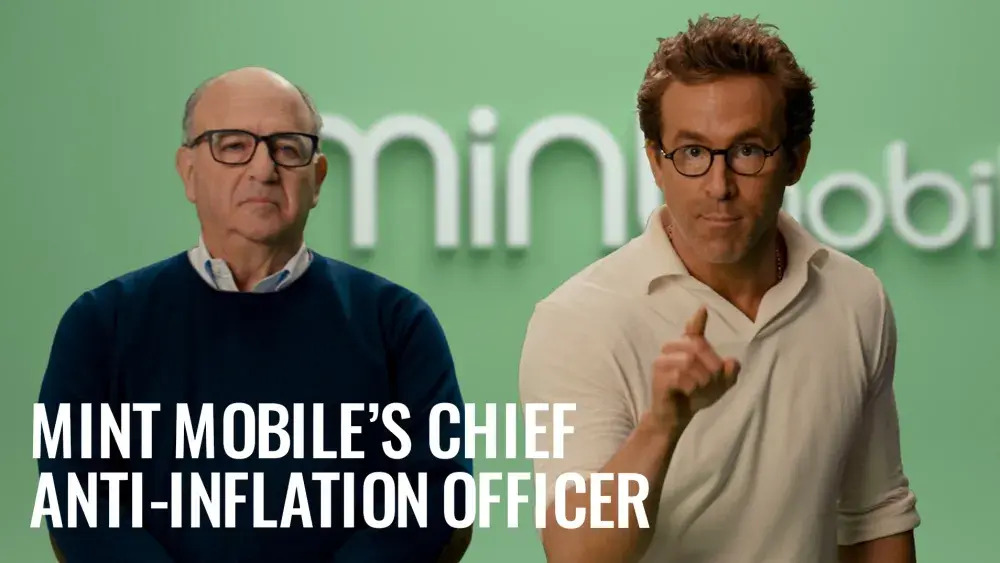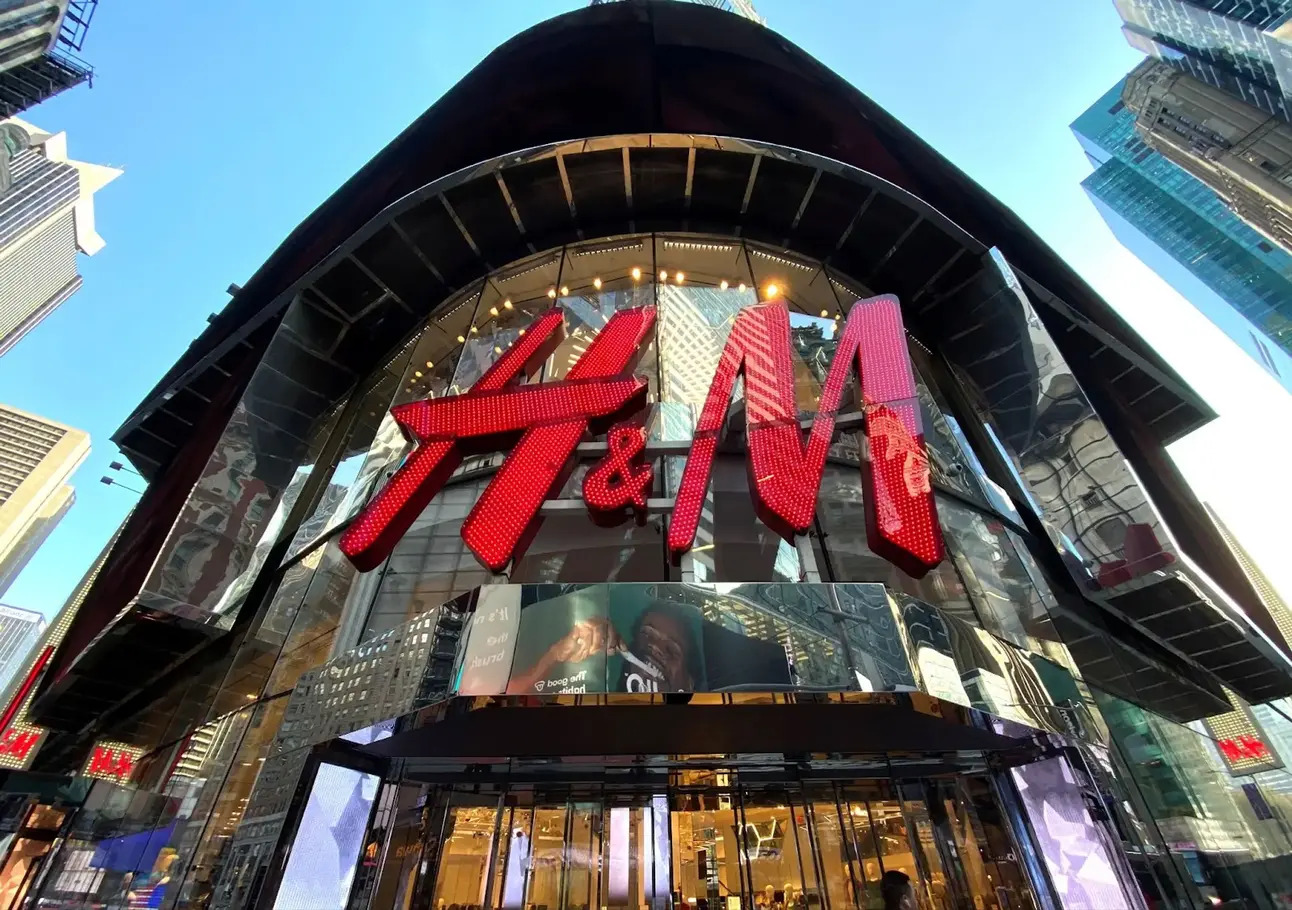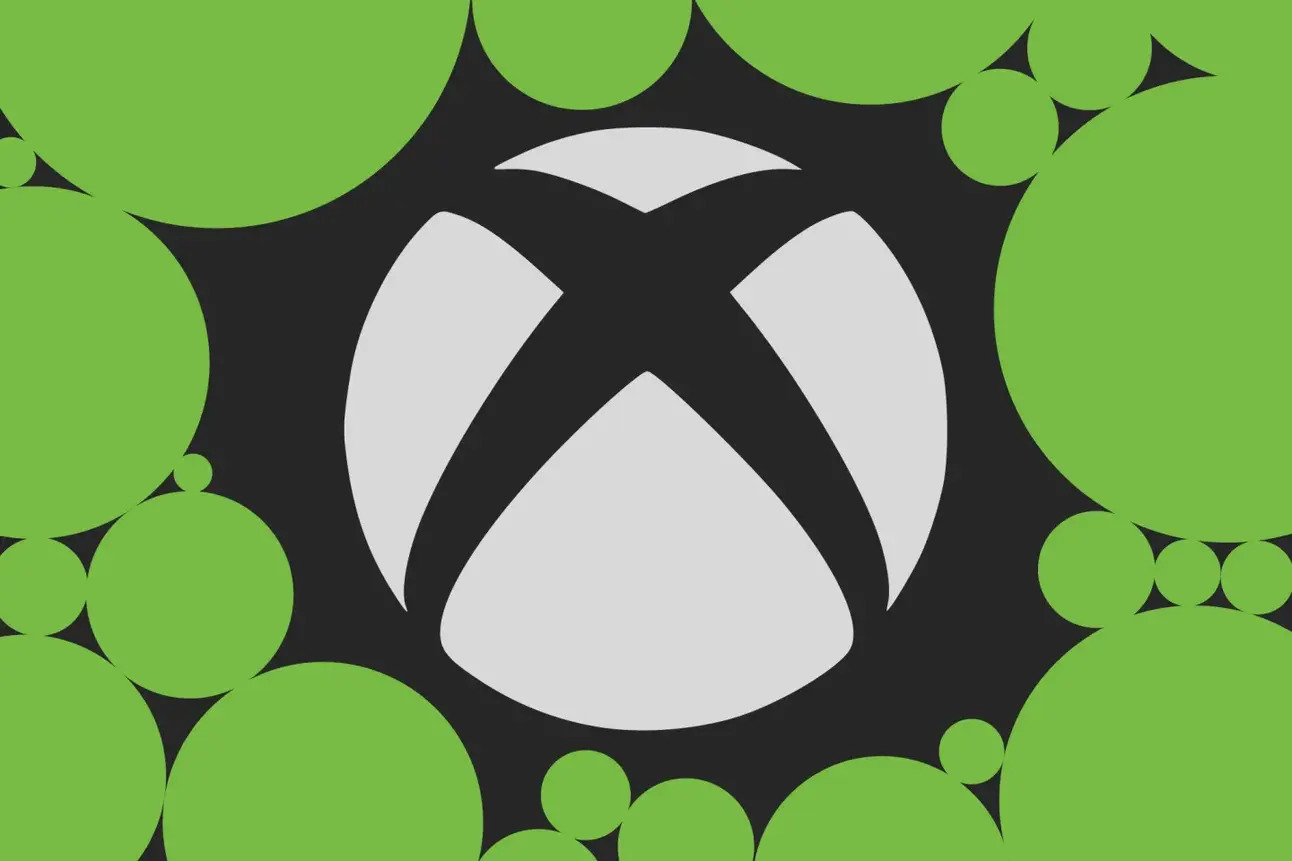- The 10 Things Newsletter
- Posts
- How AI Can Spur a Rebirth of Media
How AI Can Spur a Rebirth of Media
Plus: As Google Users Click AI Summaries, ChatGPT Drives the Traffic

Hey there—Ryan here in sunny LA ☀️. Here’s what I’m tracking today across entertainment, tech, and marketing:
Money talk is getting louder—and weirder—on social. “#Paydayroutines” are turning into viral confessionals where people publicly divvy up their paychecks, turning financial anxiety into TikTok transparency. It’s part budgeting tool, part performance art—and proof that Gen Z doesn’t just normalize taboos, they monetize them.
Search is getting stealthier. Google’s “zero-click” results just hit an all-time high, quietly starving websites of traffic. That’s fueling a surge in ChatGPT referrals, as more users skip the middleman and head straight to answers. In a parallel play, H&M is deploying AI-generated “twins” to model clothes—cutting costs while keeping the fashion cycle spinning.
Netflix is going full apex predator this summer, flooding its platform with shark content in a flex against Discovery and Nat Geo. Meanwhile, Ryan Reynolds is making his weirdest brand crossover yet—popping up at Nathan’s Hot Dog Eating Contest on ESPN, flanked by Costco’s ex-CFO. You can’t make this up.
And the Golden Globes revival is getting messy. After a private-equity facelift, new disputes are erupting over who actually owns the show—and who gets the final cut.
Let’s get into it. 👇
Thanks for reading! Enjoyed this edition? Share it with a friend or colleague!
Was this forwarded to you? Sign up here to receive future editions directly in your inbox.
Support the Newsletter: If you’d like to support my work, consider contributing via Buy Me a Coffee.
Stay Connected: For more insights and updates, visit my website or follow me on LinkedIn, YouTube, and TikTok.
Work with Me: Interested in partnering with me on sponsored content, consulting/advising, or speaking and workshops? Get in touch here.
How was today's newsletter?Feedback helps me improve! |
